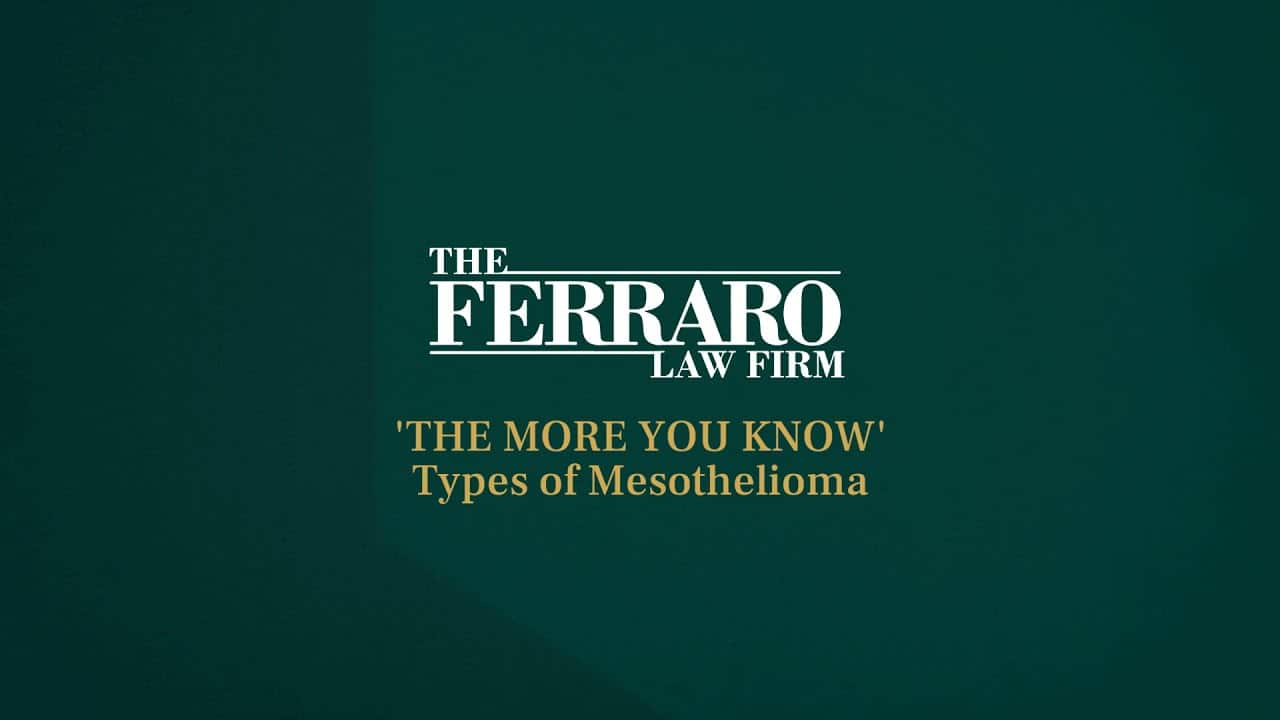If you were seriously injured, remember that it is crucial to choose the right law firm to represent your interests. We have been doing this for more than three decades, and have the resources you need to challenge any opponent.
New Life for Old Asbestos Cases?
An attempt is being made in Maryland to kick start some 13,000 asbestos cases that had been set aside by the courts. Fighting through a bottleneck of cases would be a victory in this case, as it’s too often a battle just to get a plaintiff’s day in court.
The effort, as our mesothelioma lawyers understand it, involves a proposal to have a number of those old cases lumped together based on similarities. These are cases that were previously put on the back burner because plaintiffs alleged asbestos exposure, but not sickness. Plaintiff attorneys say many of those individuals have since fallen ill, and now hope to have their cases heard together. It may ultimately reduce the damages per litigant, but it would ensure their cases could be heard sometime in the next decade, and the grouping would likely bolster their chances of a win.
The Baltimore Circuit Court has yet to rule on the proposal. However, the action is being sharply contested by defendant lawyers for allegedly bypassing certain due process procedures in an effort they contend is intended to pressure them into resolving potentially weaker cases.
Baltimore was one of the first cities to establish a two-tiered, priority system to address the flood of mesothelioma and asbestos cases, and whatever resulting decision is made could have a potential impact on other cities that followed Baltimore’s lead.
To better understand what’s happening in Baltimore, we have to understand the environment in which the two-tiered priority system was established. Back in the late 1980s and early 1990s, we were just beginning to see a massive influx of asbestos litigation.
The reason for this timing was because use of the material – long known to pose deadly health hazards to those who breathed in the fibers – dropped off significantly by the end of the 1970s. Prior to that, it was a very common component of many items – from car parts to home roofing. But sickness from asbestos exposure – either in the form of mesothelioma or asbestosis – does not become apparent until many decades later. So by the late 1980s and 1990s, we were beginning to see cases from individuals who had been exposed in the ’30s, ’40s and ’50s.
During this time, there was also an increased awareness of what was making these people sick, as well as understanding that many of these individuals and their families deserved to be compensated for that exposure.
Consolidating those cases in order to aid the court in moving forward makes a lot of sense. In fact, if taken individually, these cases could potentially take three to four decades before all are heard. That is time asbestos illness sufferers don’t have.
The two-tiered system was a way for the courts to give the sickest plaintiffs priority. This made sense too, but it also all but guarantees that some cases won’t get heard at all. In fact, cases from the “back burner docket” are only heard at a rate of a few each year. And many of those people have since grown ill or even passed away.
Ultimately, it will come down to which plan the judge believes will work best in resolving the most cases, while still preserving the integrity of the justice system.
Table of Contents
Frequently Asked Questions: Mesothelioma & Asbestos
What is asbestos?
Why is asbestos dangerous?
What are asbestos-related diseases?
What causes mesothelioma?
What are the different types of mesothelioma?
What are common mesothelioma symptoms?
Do I qualify for compensation if I have mesothelioma?
What is the life expectancy for someone with mesothelioma?
Do I qualify for compensation if I have mesothelioma?
Help for mesothelioma victims can be found at The Ferraro Law Firm by calling (888) 554-2030. Offices in Miami, Washington, D.C., and New York City.






